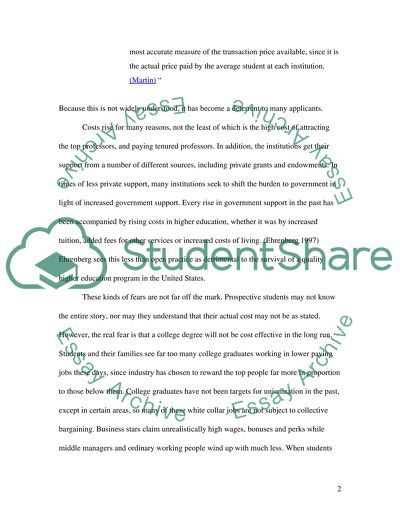Cite this document
(“Rising Tuitions are Keeping Many Students Out of College Essay”, n.d.)
Rising Tuitions are Keeping Many Students Out of College Essay. Retrieved from https://studentshare.org/education/1537978-rising-tuitions-are-keeping-many-students-out-of-college
Rising Tuitions are Keeping Many Students Out of College Essay. Retrieved from https://studentshare.org/education/1537978-rising-tuitions-are-keeping-many-students-out-of-college
(Rising Tuitions Are Keeping Many Students Out of College Essay)
Rising Tuitions Are Keeping Many Students Out of College Essay. https://studentshare.org/education/1537978-rising-tuitions-are-keeping-many-students-out-of-college.
Rising Tuitions Are Keeping Many Students Out of College Essay. https://studentshare.org/education/1537978-rising-tuitions-are-keeping-many-students-out-of-college.
“Rising Tuitions Are Keeping Many Students Out of College Essay”, n.d. https://studentshare.org/education/1537978-rising-tuitions-are-keeping-many-students-out-of-college.


